Prioritize Wellness: Modify Workouts for Pregnancy
Bodyweight Conditioning During Pregnancy: Safety Tips and Modifications
Pregnancy offers a beautiful journey full of anticipation and change, yet it presents unique physical challenges. Staying active during this time benefits your health and your baby’s well-being. Bodyweight conditioning workouts maintain fitness without equipment. These exercises enhance strength, flexibility, and endurance, vital during pregnancy. Follow safety tips and make modifications for a safe and enjoyable experience. This blog post provides guidance for a healthier pregnancy.
Understanding Bodyweight Conditioning
Bodyweight conditioning uses your body weight as resistance instead of weights or machines. Common bodyweight exercises include squats, lunges, push-ups, and planks. These movements strengthen various muscle groups and promote flexibility and balance. Maintaining fitness during pregnancy helps manage weight gain, prepares your body for labor, and boosts your mood.
Consult Your Healthcare Provider
Before starting any new fitness routine, consult your healthcare provider. They assess your health and any potential risks associated with exercising during pregnancy. This step is vital if you have pre-existing conditions or experienced complications in previous pregnancies. Your provider offers personalized advice tailored to your situation, helping you feel confident about exercising safely.
Listen to Your Body
Listening to your body is essential during pregnancy. Each woman’s experience differs, and what works for one may not work for another. Fatigue, discomfort, and nausea often occur during this time. If you feel any of these symptoms, stop exercising and rest. Adjust your routine based on how you feel. Prioritize your comfort and well-being over workout intensity.
Safety Tips for Bodyweight Conditioning
Staying safe while exercising during pregnancy is crucial. Consider these essential tips:
Modify Exercises
As your pregnancy progresses, modify your exercises to accommodate your changing body. Deep squats may become uncomfortable as your belly grows. Perform squats to a comfortable depth that avoids strain instead. If regular push-ups become challenging, switch to incline push-ups against a wall or sturdy surface. These modifications help maintain strength without risking injury. Use a chair or wall for support during certain exercises if your balance changes.
Avoid High-Impact Movements
High-impact exercises stress your joints and increase your risk of injury. Avoid activities like jumping, running, or exercises with sudden direction changes. Instead, focus on low-impact movements. Walking, gentle squats, and step-ups offer excellent alternatives. They elevate your heart rate and provide a good workout without compromising safety.
Conclusion
In summary, bodyweight conditioning during pregnancy offers numerous benefits. Follow safety tips and modifications to ensure a safe exercise experience.
Below are related products based on this post:
FAQ
What is bodyweight conditioning and why is it beneficial during pregnancy?
Bodyweight conditioning uses your body weight as resistance for exercises like squats, lunges, push-ups, and planks. It helps maintain fitness without equipment, enhances strength, flexibility, and endurance, and supports overall health during pregnancy, benefiting both the mother and the baby.
Why is it important to consult a healthcare provider before starting an exercise routine during pregnancy?
Consulting a healthcare provider is crucial to assess your health and any potential risks associated with exercising during pregnancy. They can provide personalized advice based on your medical history and any complications you may have had in previous pregnancies, ensuring you can exercise safely.
What modifications should be made to bodyweight exercises as pregnancy progresses?
As your pregnancy progresses, it’s important to modify exercises to suit your changing body. For instance, you may need to reduce the depth of your squats or switch to incline push-ups if regular ones become challenging. Using support from a chair or wall can also help maintain balance and prevent injury.
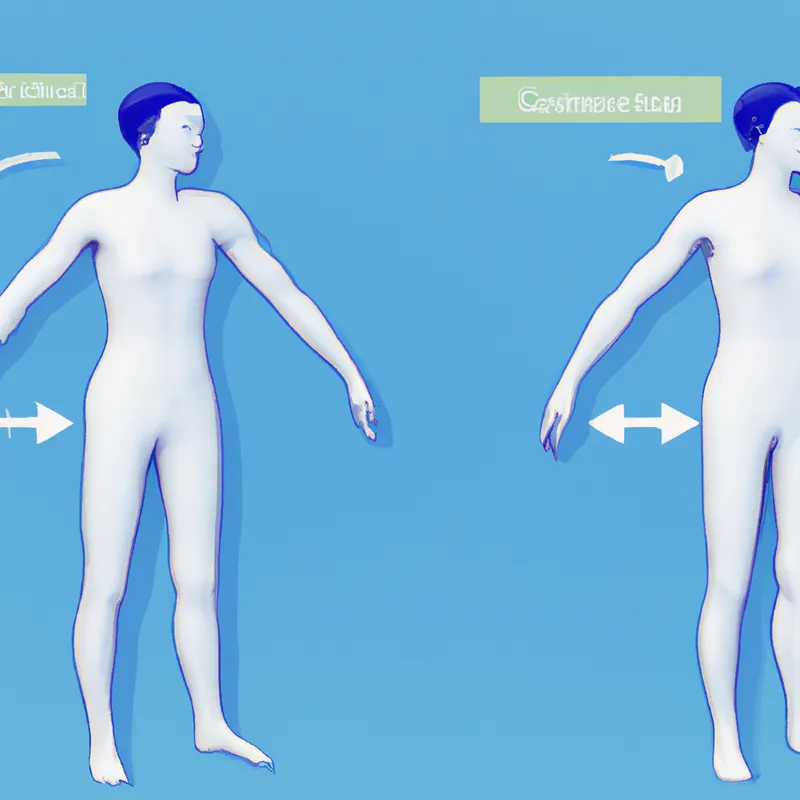


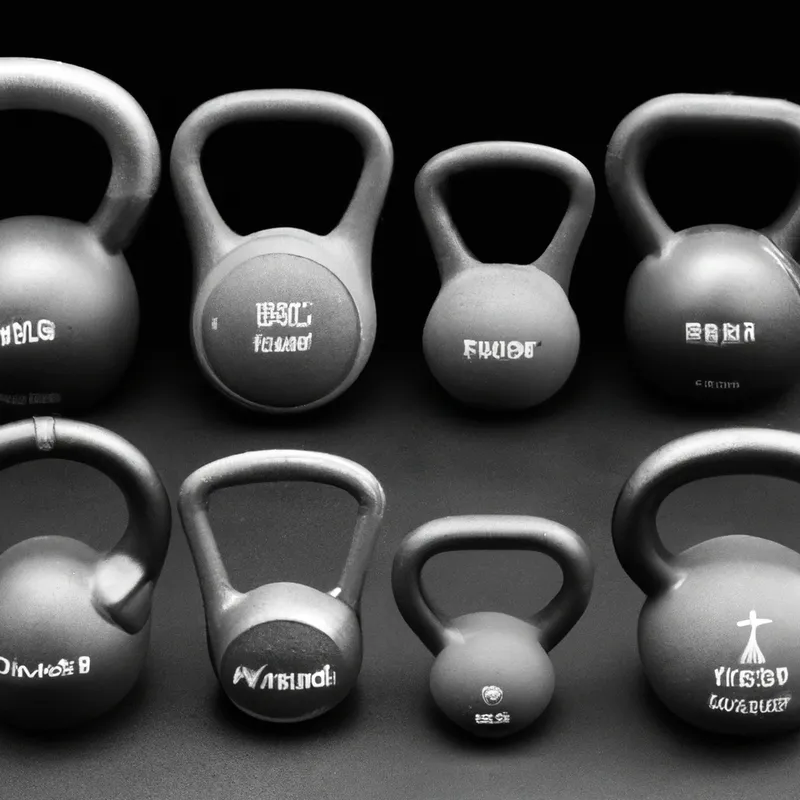
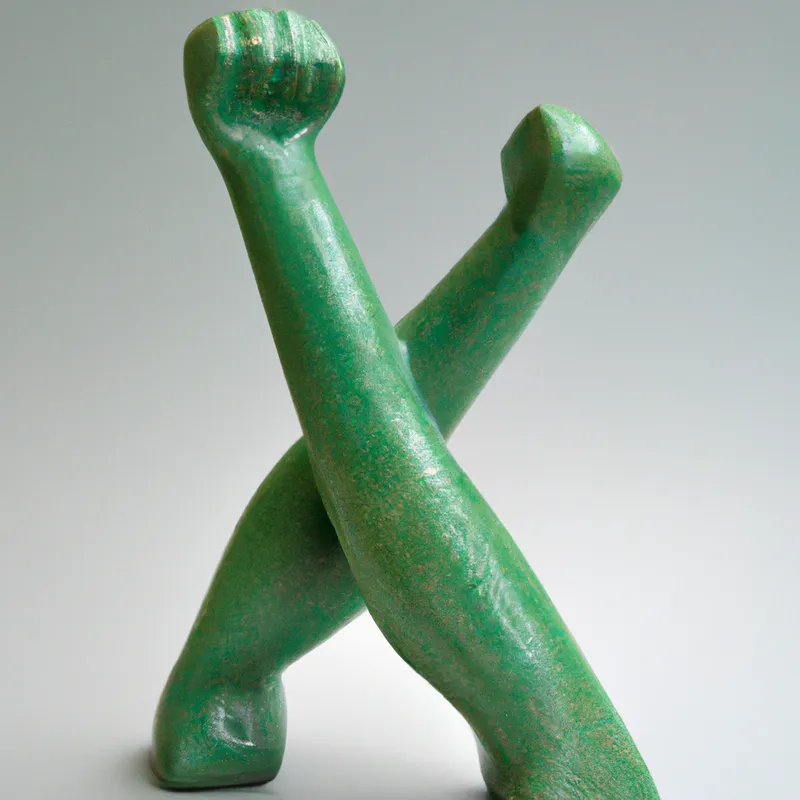

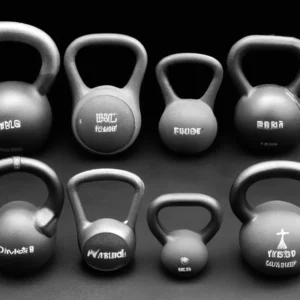





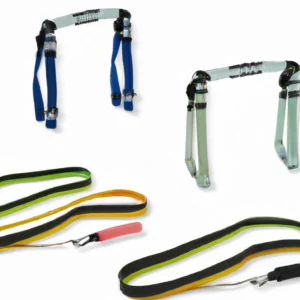


Post Comment